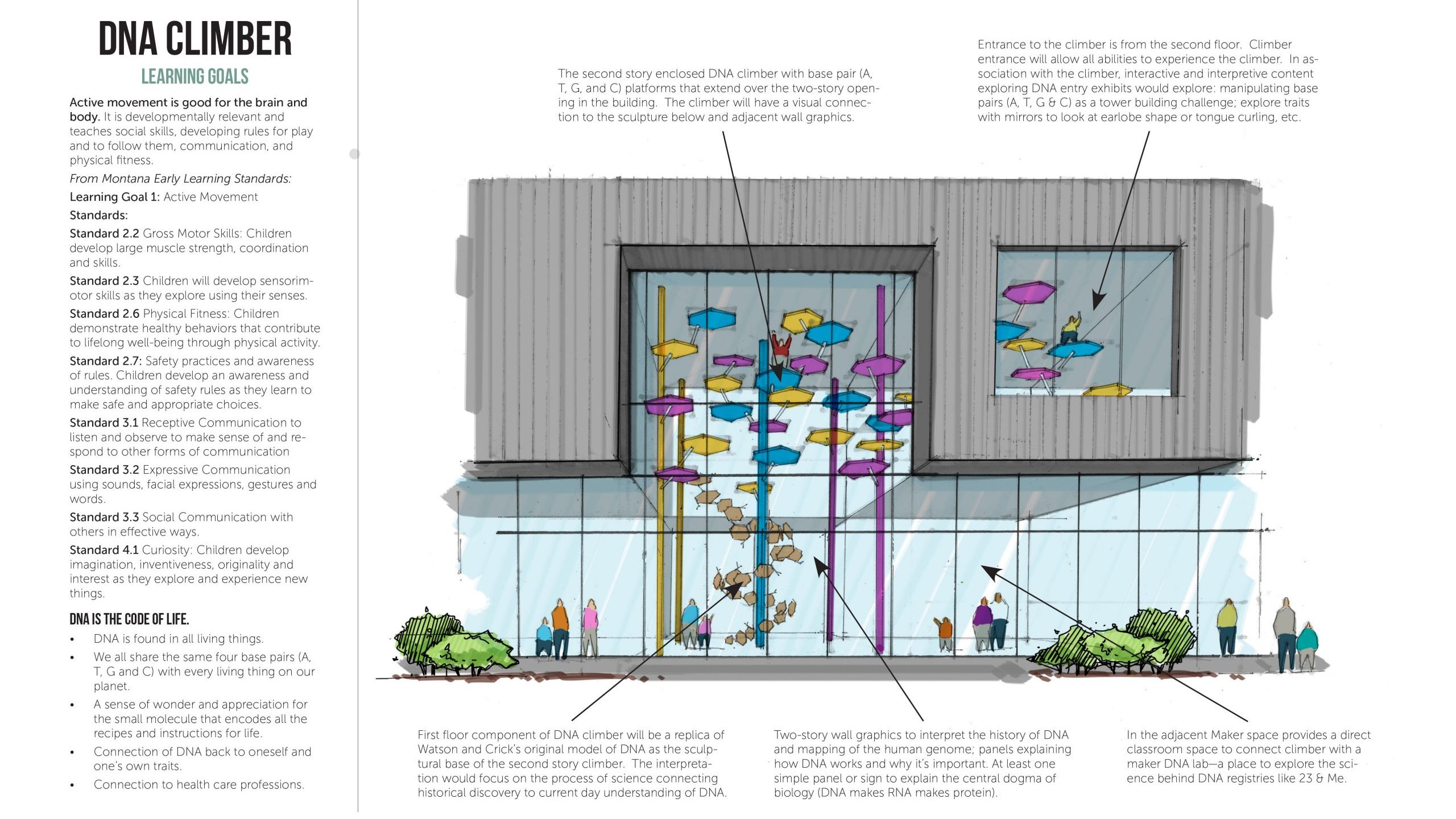The Link: A Collective, Place-Based Approach to Inspiring Missoula’s Next Generation of Healthcare Work Force

Project Website(s)
-
Project Description
The City of Missoula in 2019 was the first city in the nation to recieve a Science Education Partnership Award from the National Institutes of Health. The award funds a project, led by Principle Investigator Holly Truitt (City of Missoula) and Co-Investigator Dr. Rachel Severson (University of Montana), to position The Link, Missoula’s new library-museum complex opening in 2020, as a vibrant Third Place and a hub for health-science learning, healthy living, and STEM role-model engagement.The project aims in particular to reach traditionally underrepresented and underserved groups, including Native Americans, potential first-generation college students, and children from low-income backgrounds.
The project uses a dynamic community-driven co-creative approach.
-
Abstract
Project Summary/Abstract
This project will take a community-based, collective-impact approach to co-creating health-
science and healthy living experiences that are culturally relevant and meet the unique economic and workforce needs of Missoula and its neighboring rural and tribal communities. Led by PI Holly Truitt (City of Missoula) and co-I Dr. Rachel Severson (University of Montana), the project will position the Link, Missoula’s new library-museum complex opening in 2020, as a vibrant Third Place as a hub for health-science learning, healthy living, and STEM role-model engagement.The project’s cross-sector advisory group—with representatives from P-12 education, the health
sciences and public health, Montana tribal communities, the social sector, city and county government,
and design thinking—will co-create an array of health learning experiences, including: A Community Lab that will embed University of Montana research in the heart of the community.
Emulating best practices developed by the Living Lab (Science World and the University of
British Columbia) and led by co-I Dr. Severson, the Community Lab will: 1) engage high-school
students in independent, mentored research projects; as research assistants in UM behavioral
research conducted at the Community Lab; and as docents and near-peer mentors at the
project’s exhibits and 2) engage early learners as participants in UM behavioral research while
providing positive experiences for children and caregivers with STEM research and role models. A DNA Climber exhibit, a health- and genetics-themed climbing structure and interactive exhibit
that responds to community demand for indoor recreation opportunities for children, especially
during Montana’s cold winters and increasingly severe wildfire seasons. The DNA Climber will
provide a space where preschool and elementary learners can move their bodies while learning
about healthy living and genetics. Complementary learning tables and pop-up experiences that link UM health-science research to
the DNA Climber exhibit and Community Lab programming. Mobile programming to engage P-12 students from rural Missoula County and the neighboring
Flathead Indian Reservation and Bitterroot Valley with the project.The project aims in particular to reach traditionally underrepresented and underserved groups,
including Native Americans, potential first-generation college students, and children from low-income
backgrounds. External evaluation conducted Inverness Research will assess the impact of the project’s
collective-impact, co-creative design process on STEM and career pathways engagement at the Link.
Contact PD/PI: -
Dissemination Strategies
Located in a thriving library with museum partners.
Website
National Presentations and Publications
Book on Project and Co-creation Process
Project Audience
K-12 Learners and Their Families
Community
Subjects Addressed
Living Laboratory
Informal Health Science and Career Education
Co-creation
Collective Impact






